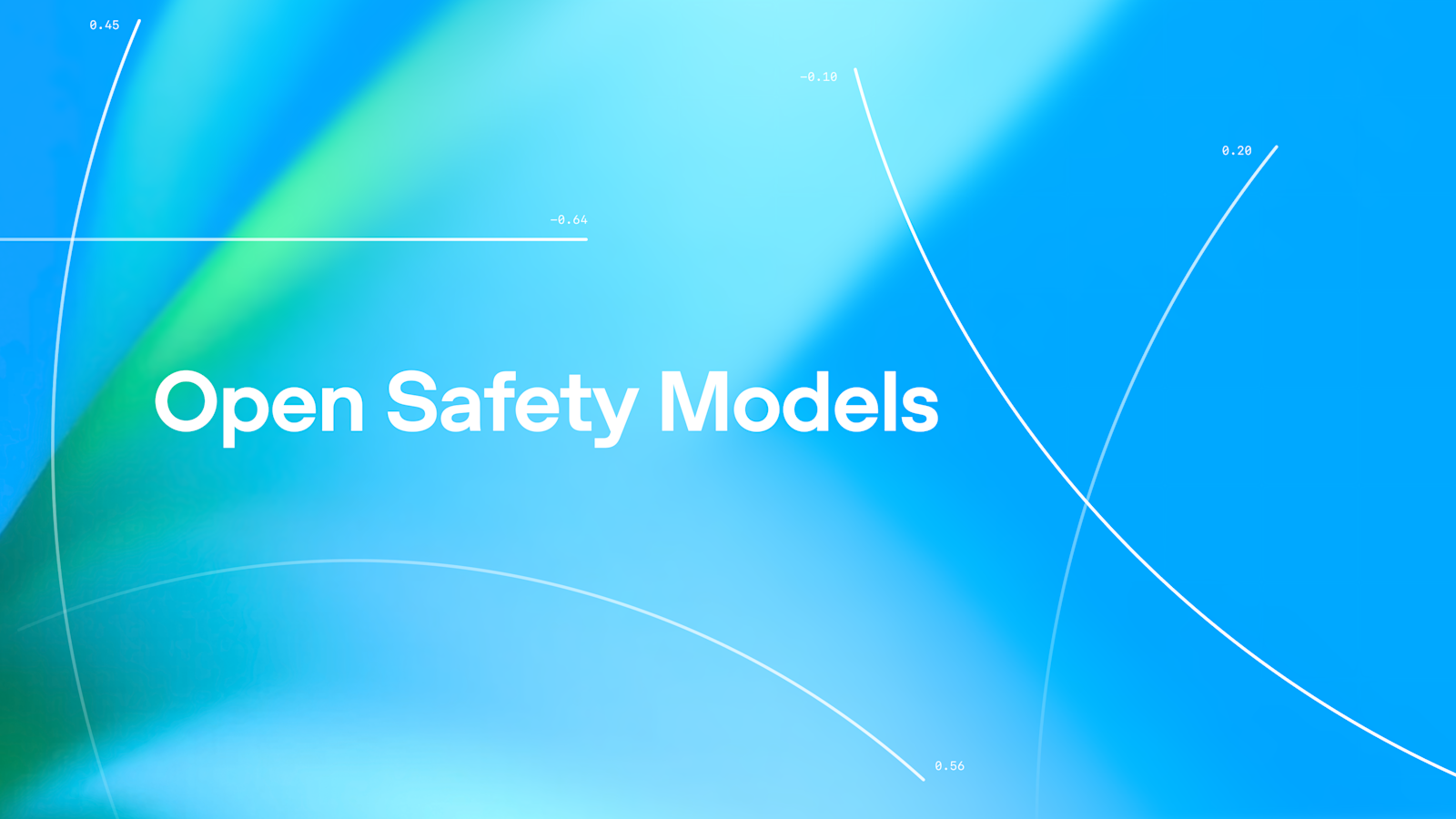OpenAI Launches GPT-OSS-Safeguard: Customizable Safety Classification for Enterprise Deployments
OpenAI has introduced gpt-oss-safeguard, an open-weight reasoning model that empowers organizations to implement customizable safety classification aligned with their specific policies and operational standards.

OpenAI Launches GPT-OSS-Safeguard: Customizable Safety Classification for Enterprise Deployments
OpenAI has unveiled gpt-oss-safeguard, a new open-weight reasoning model designed to address a critical gap in AI safety infrastructure. Unlike pre-configured safety systems, this model enables organizations to enforce their own written policies and standards through customizable safety classification tasks, marking a significant shift toward enterprise-grade, policy-driven AI governance.
What Is GPT-OSS-Safeguard?
GPT-oss-safeguard represents a departure from one-size-fits-all safety frameworks. The model functions as a flexible reasoning engine capable of learning and applying organization-specific safety policies without requiring extensive retraining. This approach acknowledges that different industries, regions, and use cases demand different safety standards—a reality that traditional safety classifiers often overlook.
The open-weight architecture means organizations can deploy the model on their own infrastructure, maintaining full control over data flows and policy implementation. This is particularly valuable for enterprises operating under strict compliance requirements or handling sensitive information.
Key Capabilities and Use Cases
The model excels at several critical functions:
- Policy Customization: Organizations can define their own safety guidelines and train the model to recognize violations specific to their operational context
- Reasoning Transparency: As a reasoning model, gpt-oss-safeguard can explain its classification decisions, providing auditability for compliance purposes
- Scalable Deployment: The open-weight format allows for on-premises or private cloud deployment, eliminating dependency on external APIs
- Multi-Domain Application: From content moderation to financial compliance to healthcare data protection, the model adapts to diverse industry requirements
Technical Architecture and Implementation
The reasoning-based approach distinguishes gpt-oss-safeguard from simpler classification systems. Rather than applying rigid rules, the model engages in step-by-step reasoning to evaluate content against defined policies. This enables nuanced decision-making that accounts for context, intent, and edge cases—areas where traditional classifiers frequently fail.
Organizations implementing gpt-oss-safeguard can integrate it into existing workflows through standard APIs or deploy it directly within their infrastructure. The model's open-weight nature means developers can fine-tune it further for specialized applications, though the base model is designed to be immediately effective with minimal customization.
Enterprise Implications
The release addresses growing demand for AI safety solutions that align with organizational autonomy. Enterprises increasingly reject one-size-fits-all approaches, particularly when they conflict with regional regulations or business requirements. GPT-oss-safeguard provides a middle ground: leveraging OpenAI's reasoning capabilities while preserving organizational control over safety policy implementation.
This is particularly significant for regulated industries. Financial institutions, healthcare providers, and government agencies can now deploy safety classification systems that reflect their specific compliance frameworks rather than adapting their operations to fit a generic model.
Competitive Positioning
The move positions OpenAI within a broader trend toward open-source and customizable AI safety infrastructure. As organizations demand greater transparency and control over AI governance, models that support policy customization gain competitive advantage. GPT-oss-safeguard's reasoning capabilities and open-weight architecture address both concerns simultaneously.
Looking Forward
The introduction of gpt-oss-safeguard signals OpenAI's commitment to enterprise AI safety as a core product category. As AI systems become more deeply embedded in critical business processes, the ability to enforce organization-specific safety standards will become increasingly essential. This model provides the technical foundation for that transition.
Organizations evaluating AI safety solutions should consider how gpt-oss-safeguard's customizable approach aligns with their governance requirements and operational constraints. The combination of reasoning transparency, policy flexibility, and open deployment options represents a meaningful advancement in enterprise-grade AI safety infrastructure.
Key Sources
- OpenAI's official announcement of gpt-oss-safeguard and its customizable safety classification capabilities
- Technical documentation on open-weight reasoning models and their deployment architectures
- Industry analysis on enterprise AI governance and policy-driven safety frameworks



